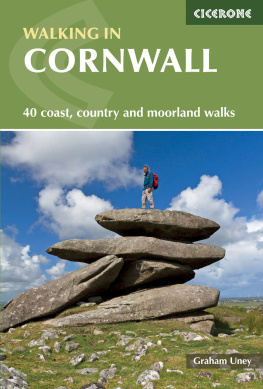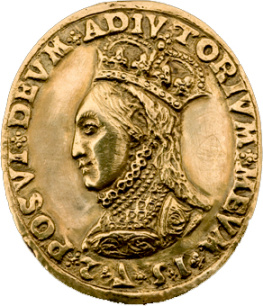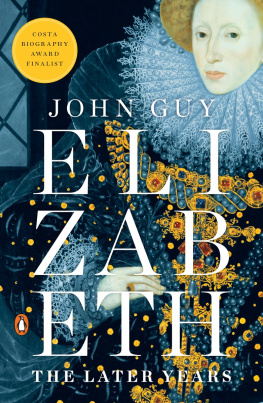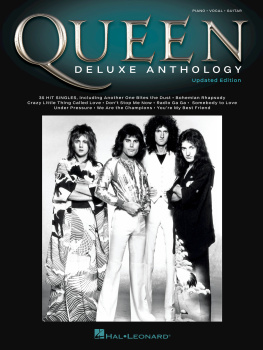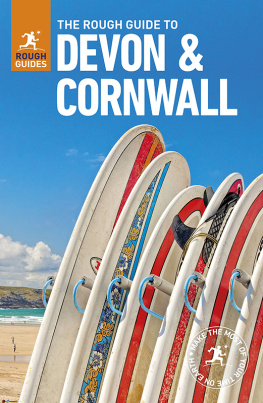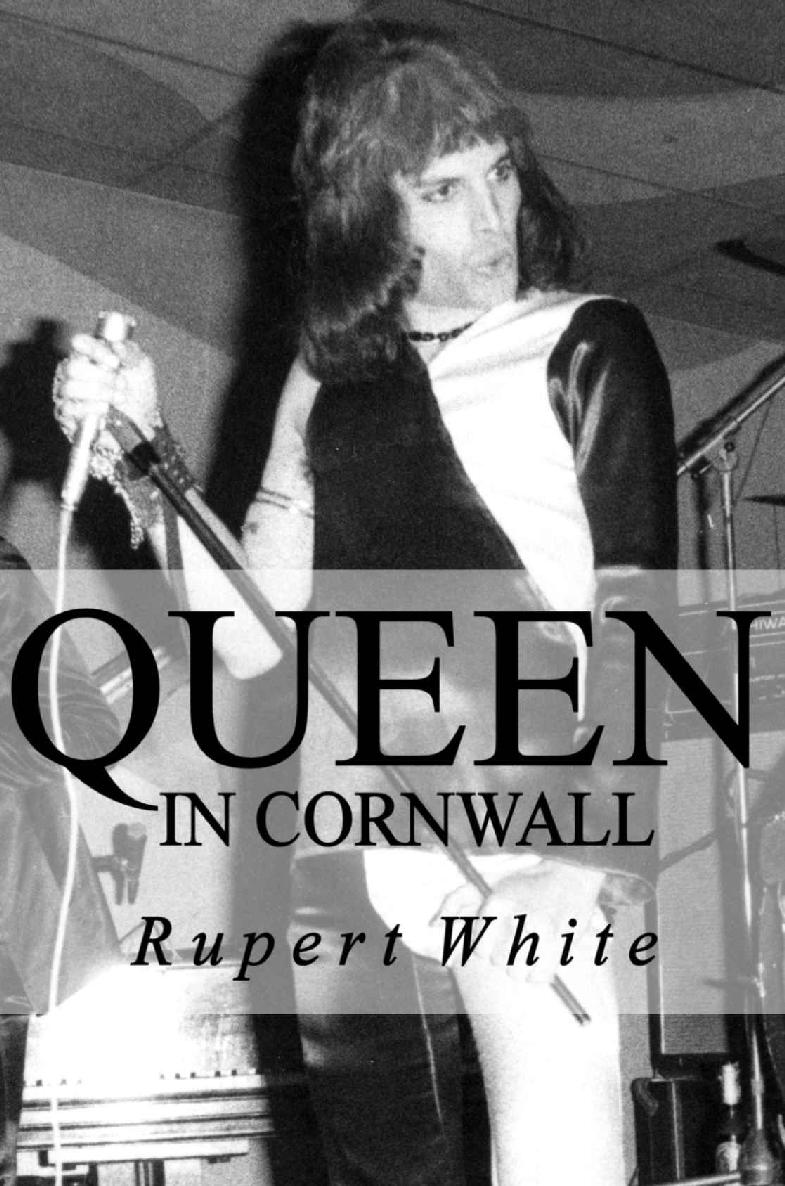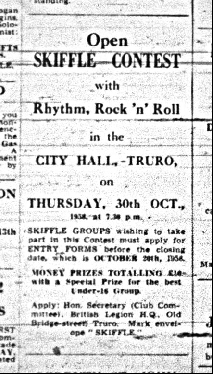Queen in Cornwall
A partial history of the worlds greatest rock band
Rupert White
ISBN 978-1-4477-7647-5
Copyright 2011 Rupert White
www.rupertwhite.co.uk
A N T E N N A P U B L I C A T I O N S
www.queenincornwall.blogspot.com .
Find Queen in Cornwall on Facebook
All rights reserved. No part of this book may be reproduced in any form or by any electronic or mechanical means, including information storage or retrieval systems, without permission from the publisher or author.
Every effort had been made to trace the copyright holders of the photographs in the book, but one or two were unreachable. We would be grateful if the photographers concerned would contact us.
Foreword
We were extremely pleased when Rupert White asked us to write the foreword to this book. Initially we demurred, feeling that he would be better served by a more illustrious personage: someone of stature in the business. However, we allowed ourselves to be persuaded that between the two of us we did, in fact, have an involvement and continuity that was unique.
Over the years, of course, there have been many biographies and histories, official and otherwise, of Queen and its individual members. What distinguishes this book from those previous histories is the way that it documents the unique relationship between Roger Taylor and the county he grew up in, and the birth of what became one of the biggest bands in the world.
Since Rupert first contacted us in June 2010, saying that he was carrying out research on Queen and music in Cornwall in the 60s, we have watched in fascination as he slowly recreated that very special time in history. With his blog Queen in Cornwall putting out the call, Rupert has traced and compiled a comprehensive list of individuals, music, and venues of that time. Following him through this period gave us the opportunity to take a journey that truly evokes the feeling of that special point in time: a moment when the elements of location, and individuals, and social structure combined to create a musical mix, the gestalt of which had an effect far greater than anyone could have expected.
Cornwall in the 60s was truly a magical place. It nurtured and supported more music and musicians than, given its remoteness, would seem possible. As teenagers though, its particular merits could frequently be obscured by the frustration of being, as we thought, seriously annexed from everything that was cool and happening!
However, in our own way, we did manage to raise a little hell. We had an opportunity to experiment with limited risk: hitch-hiking to the beach, moonlight swims, midnight car rallies, and of course the music. Nothing was really that bad or dangerous - or so it seemed. To us the county performed the role of a benevolent parent that allows you to kick the walls and be bad within a protected environment that was itself a microcosm of the big city.
Most of us were consumed with a burning desire to get out and up to that big city and no one was more determined than Roger. We all had our various aspirations, and had to put up with a lot of ribbing because of them. But, for some reason, when Roger would declare that he was going to be bigger than Keith Moon no one contradicted him. Perhaps we all knew!
After our first meeting in 1965 at a folk night at Little Canaan Farm, our lives and those of our respective bands were intertwined, socially, romantically and occasionally musically. This continued for several years until inevitably one by one we were pulled away by the necessity of making school, college and other life choices. Fortunately, however, this was not the end, and as with many friendships made at that time of ones life, several of these connections successfully made the transition and played a role in the next phase that ultimately became Queen.
This book unwinds the history of those days and reveals more than we could ever have imagined or remembered. Not only has it brought back memories and events long forgotten, but it has installed a renewed longing for the county and its people, and a pride in being Cornish. To say that our teenage years were fascinating is true. It seems incredible now that all of the events mentioned actually took place, and yet at the time we thought the answer was to be in London, not in 'the sticks'. How lucky we were
Jillian Johnson-Sharp and Susan Johnstone April 2011
Introduction
Out here on the street we'd gather and meet
And scuff up the sidewalk
With endlessly restless feet
Half of the time we'd broaden our minds
More in the pool hall
Than we did in the school hall
With the down town chewing gum bums
Watching the night life the lights and the fun
Never wanted to be the boy next door
Always thought I'd be something more
But it ain't easy for a small-town boy
It ain't easy at all
from Drowse by Roger Taylor (Queens A Day at the Races (1976))
Cornwall is a rural county in the far South West of the UK. It is about 250 miles from London and, even in the 21 st century, feels far removed from the urban rat-race. As a peninsula it has lots of beaches, and in the post-war period its economy - which has some farming but little or no industry - has become more and more reliant on tourism.
Cornwalls rurality, with its rugged coastline and moorlands and its isolated fishing hamlets, would make it seem an unlikely setting for Rock n Roll to take root and flourish, yet the impact of Americana and pop culture on the post-war youth of Cornwall seems to have been at least as far-reaching as it was elsewhere in the UK.
From the late 50s to the early 70s, there was a network of church halls, rugby clubs, village halls, hotels and larger venues that were regularly commandeered to host beat dances. During this period live music played by teenagers for teenagers was everywhere in Cornwall. These were, after all, the days when few families had TVs, let alone Youtube, Facebook and i-tunes. Young people were more suggestible, and had fewer distractions than they do now. As a result - particularly in Cornwall - they made their own entertainment.
Skiffle was a variety of simple do-it-yourself trad jazz or blues-grass played using cheap home-made instruments. In 1958 skiffle contests were held all over Cornwall, and there were two, in particular, in Truros City Hall that proved extremely popular. From 1960 these contests evolved into the annual Rock and Rhythm Championship which took place at the beginning of every year.
Roger Taylor, as evoked by the dreamy nostalgia of the song Drowse, spent most of his childhood and teenage years in the small town of Truro. He was a musician that, with his group The Reaction, took part in the Championship on four successive years. He may or may not have been the most able competitor but, as the drummer with Queen, in the 1970s he certainly went on to become the most famous.
Amongst UK acts, for many years Queen have been second only to The Beatles in terms of worldwide record sales. They have also left their mark in other ways. For example, the concert that followed the death of Freddie Mercury in 1991 was watched worldwide by an estimated 1.2 billion people.
This book is not intended to be a biography of Roger Taylor, rather it is an attempt to describe the specific cultural and social context in which he emerged as a musician of international repute, playing as a member of a hugely popular and original British rock band.



